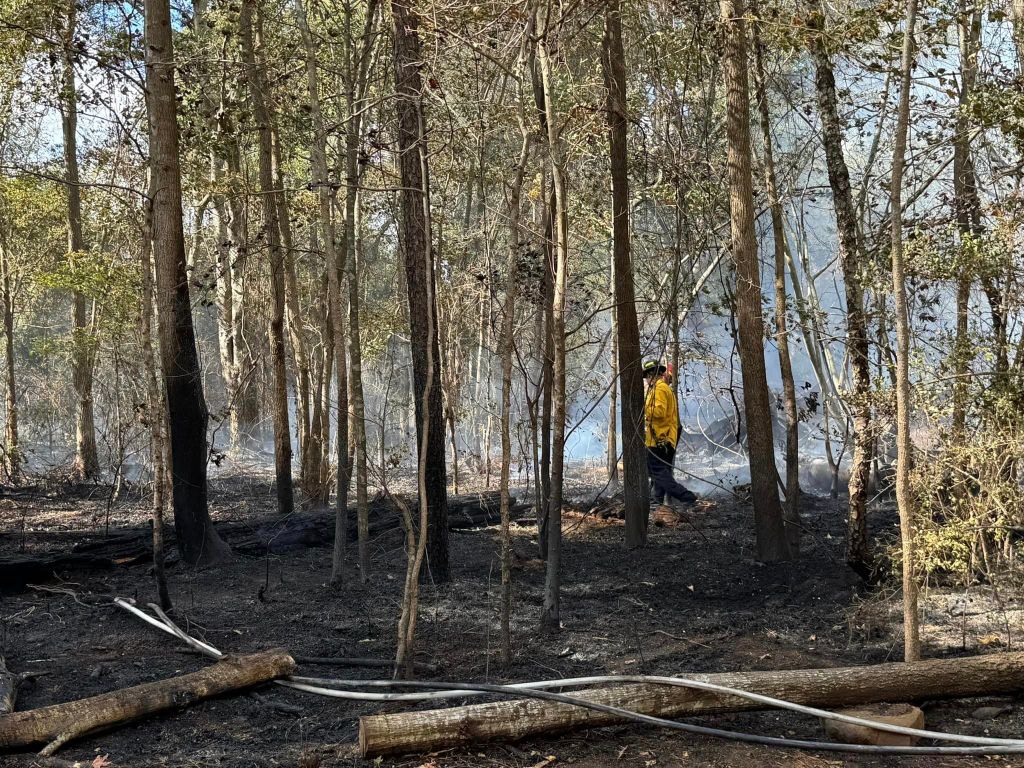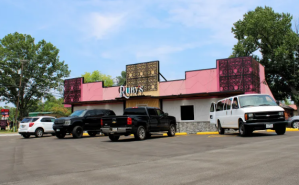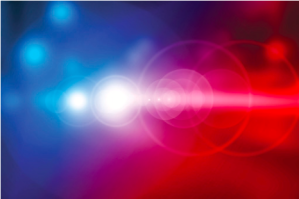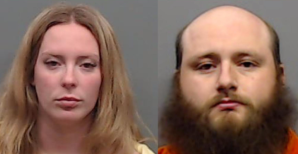Smith County fire danger, caution remains
Published 4:00 pm Thursday, March 20, 2025

- The Smith County Emergency Services District 2 crew works a fire in the woods off FM 1252 in October 2024. Residents should not do any burning while the county experiences dry, warm, windy conditions. (Smith County ESD 2/Contributed Photo)
High fire risk conditions persist in East Texas, including in Smith County, and officials are urging people to be careful.
On March 14, Smith County Fire Marshal Chad Hogue warned residents to avoid outdoor burning and make sure any past controlled burns were completely put out. The area is experiencing dry conditions, low humidity and strong winds — making it easier for fires to start.
Trending
Since the fire marshal’s office put out the warning last week, fire departments outside of incorporated cities have since responded to 29 grass fires, three structure fires, three smoke investigations and eight illegal burns. Hogue said these numbers are somewhat high but not extreme.
“We had asked people not to burn because of predicted high winds,” Hogue said.
Escaped controlled burns have been the most common issue. The severity has varied, with some fires burning a few acres while one fire spread across about 6 acres. Some fires crossed property lines and came dangerously close to structures, though they did not cause any damage.
The potential for harm was there, Hogue said.
“We’ve had good fire department response. They’ve got good equipment, good manpower. All that plays a factor,” Hogue said.
As of Thursday, Smith County is between 0 to 200 on the Keetch-Byram Drought Index (KBDI) used to determine drought conditions in Texas. The county’s average KBDI is 132, with the lowest being 117 and the highest 151.
Trending
The KBDI measures how much moisture is in the soil. The drought index goes from 0 to 800. A score of 0 means there is no moisture loss in the soil, while a score of 800 means the soil is completely dry. Higher numbers raise the risk of wildfires.
“That goes to show that’s not really a factor in the fires we’re seeing,” Hogue said. “The wind speeds, relative humidity and temperature are the main things that we’re seeing affect the fires.”
The grass that dies in the winter but remains standing is called freeze-cured. After a frost or freeze, it stays upright but is no longer alive. It lacks hydration and water, so when the air becomes dry, it becomes very easy to burn.
Currently, fires are burning over the dead grass, while the new grass is beneath it. In the next few weeks, as more new growth appears, the hydrated grass will slow the spread of fires.
Hogue has discussed the possibility of a burn ban with officials. He said he is opposed to a burn ban at this point because the fire danger is only high for a few days at a time.
During the summer or fall, when a burn ban is enacted, the dangerous conditions are continuous. If people follow safety guidelines, burning could be done on safer days, but need to use caution because the fire danger is varying day-to-day.
“I think most people want to do the right thing, and most people know that when the wind is excessive, don’t burn,” Hogue said. “That also means that the fire that they burned yesterday needs to be put out completely, I like to say out cold.”
Hogue said there will be periods of low humidity Thursday and Friday. By Saturday, the wind will drop to around 15 miles per hour. While it’s still windy, it’s not as strong as the 25-35 mph winds with gusts of 40-45 mph that have been happening.
Those strong winds are very dangerous, even if people follow safety precautions.
A person responsible for starting a fire could get a verbal warning, a written warning or a Class C misdemeanor citation. They are also responsible for any damage to other people’s property. The cost of the damage depends on what burns and how much damage is done.
“Anytime that you start a fire, you’re responsible for what it does,” Hogue said.
A few outdoor burning rules, according to the Texas Commission on Environmental Quality, include:
• Burns should only happen outside city limits unless the city permits it.
• Burning should occur only when weather conditions are safe, ensuring smoke doesn’t affect roads, airports, lakes or nearby homes and businesses.
• If smoke may affect roads, someone must be posted to flag traffic.
• Fires must be at least 300 feet away from neighboring structures unless the property owner gives written permission.
• Burning can only start one hour after sunrise and must end one hour before sunset. A responsible person must always supervise the fire, and any smoldering remnants must be put out.
• Burning should only happen when wind speeds are high enough to move the smoke but low enough to keep the fire controlled.
• It is prohibited to burn hazardous materials such as treated wood, plastics, electrical wiring or chemicals.
Hogue encourages people to read the full outdoor burning rules and regulations, which are available at tceq.texas.gov on the TCEQ Outdoor Burning Guide.







